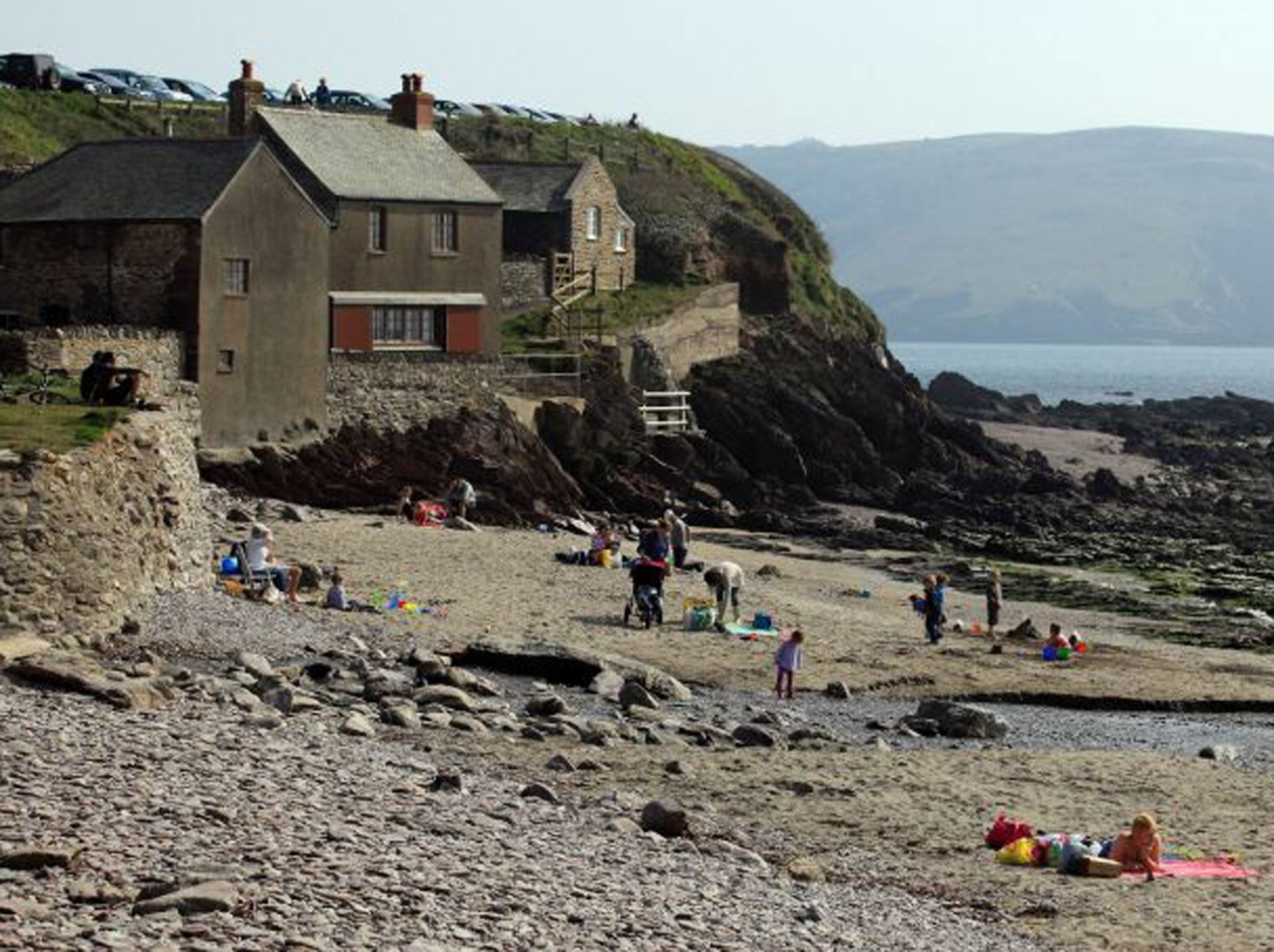A wealth of rare sights around the Exe Estuary
Where to spot sand crocus, adders, and five types of crab

A flower so petite that a blade of grass dwarfs it. A flower so localised that it occurs at just two British sites. And a flower so reclusive it remains resolutely shut except in full sun. Such is the sand crocus. What more quixotic a quarry for your weekend?
Dawlish Warren, a sandy spit on Devon's Exe Estuary, is a botanist's delight. Spend the morning on hands and knees searching for rare plants. The sand crocus flowers in late March or early April. You should see them in the short, sandy grassland that lines the compound by the visitor centre.
Then walk to "dune ridge", between the seawall and Warren Point. Look carefully at sheltered sunny spots for the ridge's star species: the sand lizard. This is a fabulous time to see this rare reptile, and the introduced population is thriving. The males are garbed vivid green in the breeding season.
Dawlish Warren has one of the Exe Estuary's main high-tide wader roosts, with ringed plover, dunlin, oystercatcher, grey plover, sanderling and turnstone all best viewed from the hide overlooking the Bight.
Depart Dawlish for a late afternoon stroll at Chudleigh Knighton Heath. Amid the ling, bell heather and western gorse, there is a chance of spotting adders before the evening chill.
Spend day two at Wembury, which volunteers one of Britain's finest rock-pooling experiences and one of its rarest songbirds. The lowest tides (a few days after the new moon) expose the greatest expanse of rocky reefs and residual pools. With careful searching, you should find a dozen or more species of marine marvel. If you extract animals use a bucket (not a net), house them singly in a vessel containing seawater and repatriate the creatures to their lairs.
Beadlet anemone is common; one-third of its 7cm length comprises retractable tentacles. Blue-rayed limpets, strip-lit with neon, cling to rocks. You may see five types of crab: common hermit, porcelain, velvet swimming, edible and shore. The small fish include rock goby, tompot blenny and common blenny. As the tide rises, retreat to dry land. Wembury is prime cirl bunting territory. No bird is more closely associated with Devon than this attractive, stripe-headed seedeater. Populations have trebled in the past 20 years.
This is an edited extract from '52 Wildlife Weekends' by James Lowen, published by Bradt. IoS readers can buy a copy for £7.79 (inc UK p&p) from bradtguides.com using the discount code 52WW. Valid to 31 Jan 2015
Join our commenting forum
Join thought-provoking conversations, follow other Independent readers and see their replies
Comments